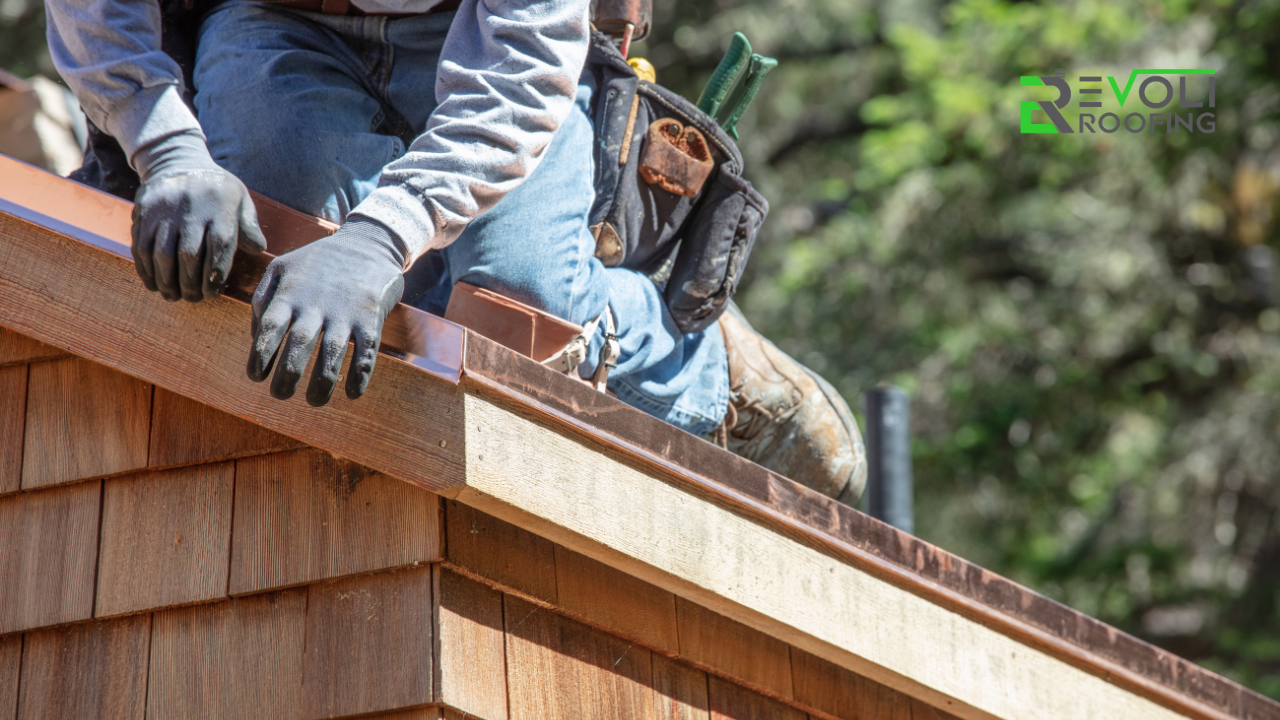Roof flashing protects your home from water damage and maintains its structural integrity. Understanding what roof flashing is and its significance is essential for homeowners and anyone involved in the construction or maintenance of buildings.
This blog post provides an overview of roof flashing, its purpose, and why it is vital for a well-functioning roof.
What is a Roof Flashing?
Roof flashing is an essential component of any roofing system. It consists of strips of durable materials like copper, steel, or aluminum strategically placed to seal vulnerable areas of the roof. Its primary purpose is to prevent water from infiltrating these susceptible spots, such as chimneys, skylights, vents, valleys, and intersections. Flashing is necessary because it creates a watertight barrier that safeguards against leaks and water damage.
A roofing contractor usually installs flashing material over the roof underlayment and underneath the shingles of shingled roofs. For metal roofs, the flashing goes at the top of the panels. Metal flashing is important because it shields the critical areas of a roofing system to keep the home dry.
Different Types of Roof Flashing
Depending on the task, flashing is shaped and, in some cases, soldered into various shapes. Here are the most commonly used types of flashing:
Chimney Flashing
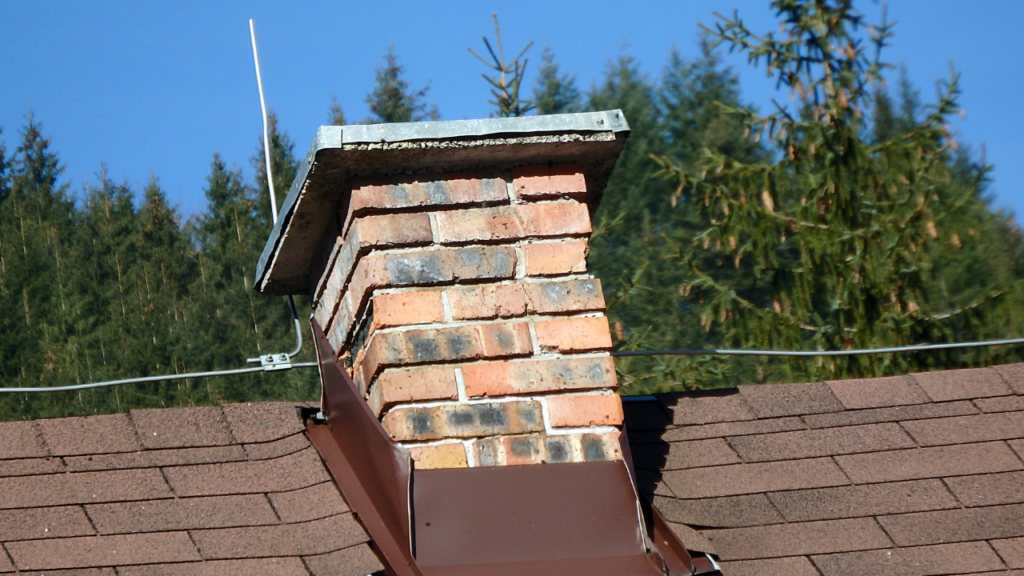
To prevent water and debris from entering the roof area and causing damage inside a building, chimney flashing acts as a skirt around a chimney where it meets the roof.
A chimney, erected through the roof from an interior fireplace, exits the building through the roof cavity and into the outside world. A robust and long-lasting seal is made at the junction by installing chimney flashing around the chimney’s edge and up against the roofline.
To safeguard the property, chimney flashing must be constructed appropriately and in line with building and plumbing codes.
Continuous Flashing

A long, single piece of metal is used for continuous flashing, also known as apron flashing. It funnels water down to the roof shingles below. Continuous flashing finds it difficult to flex as your house grows and shrinks.
Expansion joints are incorporated into the long lengths to stop continuous flashing from breaking and wrapping.
Skylight Flashing
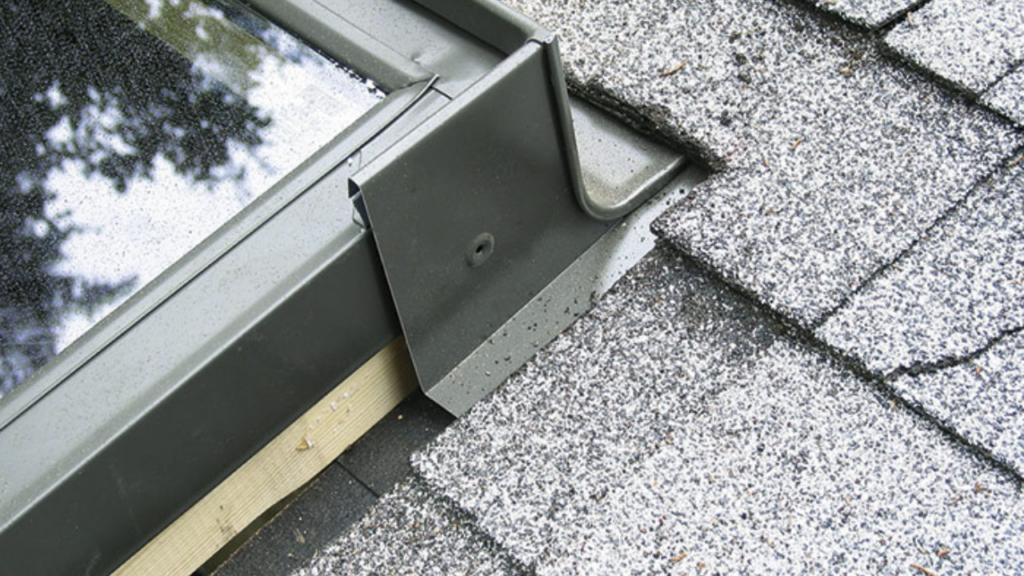
A layer of security installed around the skylight is called skylight flashing. The initial line of defense against dangerous weather conditions like rain or snow might be considered this. The flashing, installed beneath the roof’s slates, tiles, or shingles, smoothly joins the window or skylight into the roof and creates a custom, tidy appearance.
Skylights frequently have a built-in flashing of their own. If not, their curbs are flashed with saddle flashing over the top, step flashing across the sides, and continuous flashing down the base.
Step flashing

A step flashing is placed between the shingles and a sidewall, dormer, or chimney. Sending water back to the shingles below and off the roof stops water from entering between the shingles and damaging the roof structure.
For roof-to-wall flashing, it is utilized. To ensure that the water flows away from the wall, layers of flashing will be installed alongside shingles.
Valley Flashing
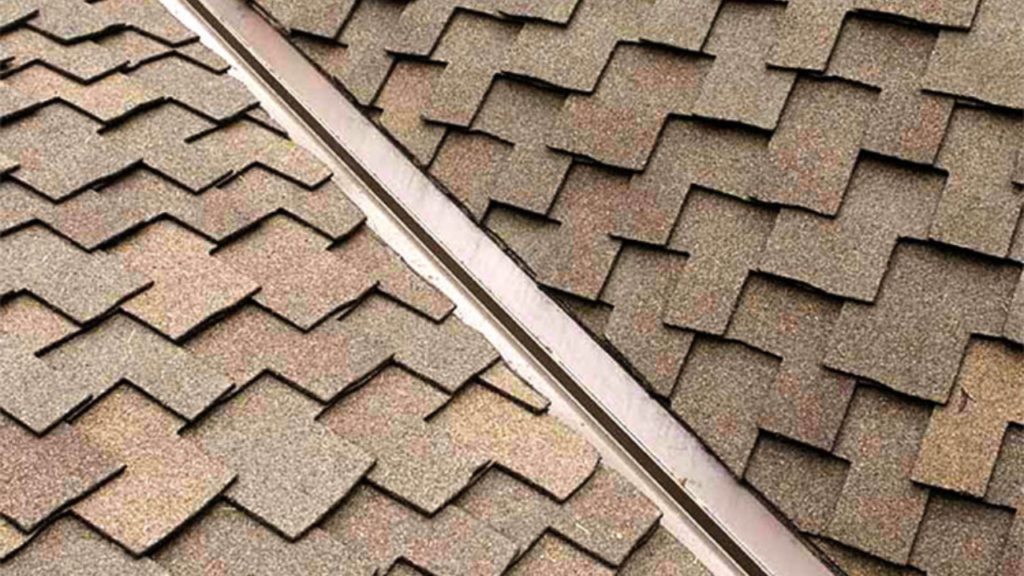
The valleys where two roof planes overlap are shielded by valley flashing. This W-shaped channel is positioned atop the building felt before the finishing material is attached to the roof.
Drip Edges
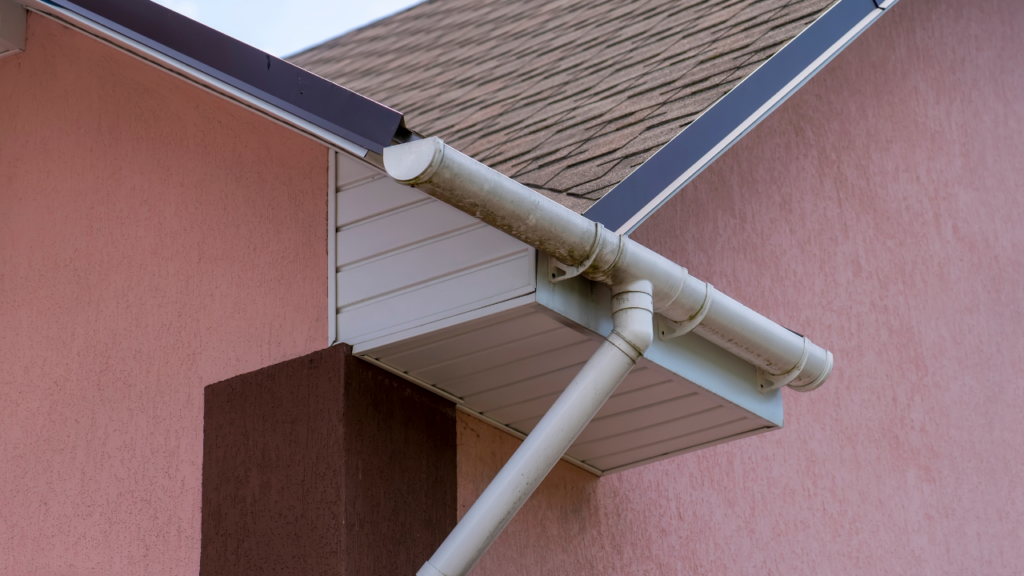
A drip edge is an angled flashing set on top of a fascia board. A drip edge’s function assists in diverting water from the fascia and towards the gutters. The gutters subsequently remove the water. You may place drip edges on your roof’s rake, eaves, and gable.
Drip edges stop water from seeping beneath the roofing along the rake and eave margins. Both along rakes and eaves are put over roofing felt.
Kickout Flashing
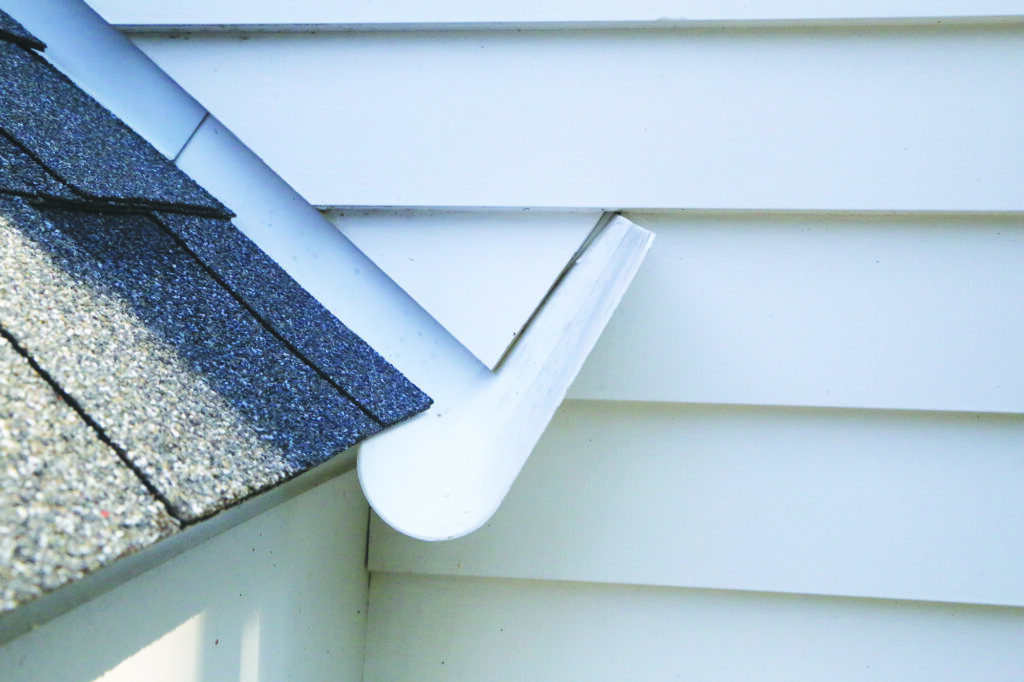
A kick-out or diverter flashing is an additional piece of metal or vinyl flashing that is installed to direct water away from a potential trouble spot, such as where a lower roof-edge gutter end touches a building sidewall or where a roof valley’s water flow volume is so high that it overshoots a gutter.
Benefits of Getting a Roof Flashing
A well-maintained and properly installed roof flashing system offers several significant benefits for homeowners. Here are the key advantages:
Water Damage Prevention
The primary function of roof flashing is to prevent water infiltration into vulnerable areas of your roof. Properly installed flashing creates a watertight barrier that effectively channels water away from critical joints, intersections, and penetrations, such as chimneys and skylights.
By preventing water leaks, flashing helps safeguard your home’s structure, interior, and valuable belongings from costly water damage.
Mold and Rot Protection
The primary function of roof flashing is to prevent water infiltration into vulnerable areas of your roof. Properly installed flashing creates a watertight barrier that effectively channels water away from critical joints, intersections, and penetrations, such as chimneys and skylights.
By preventing water leaks, flashing helps safeguard your home’s structure, interior, and valuable belongings from costly water damage.
Mold and Rot Protection
Water leaks resulting from faulty flashing can lead to the growth of mold and the development of rot in your home. These issues not only compromise indoor air quality but can also cause structural damage that requires extensive repairs.
Proper roof flashing installation prevents water intrusion, reducing the risk of mold growth and rot and promoting a healthier living environment.
Extended Roof Lifespan
A well-maintained and properly installed roof flashing system contributes to the longevity of your roof. By effectively diverting water away from vulnerable areas, flashing helps protect the underlying roofing materials from moisture damage.
This protection preserves the roof’s integrity, reduces the risk of premature deterioration, and extends the lifespan of your roof, saving you money on roof replacement costs.
Energy Efficiency Improvement
Properly installed roof flashing helps maintain energy efficiency in your home. Flashing is a barrier against air leaks, preventing conditioned air from escaping and outside air from entering.
This insulation effect reduces heat loss during winter and minimizes heat gain during summer, ensuring a more comfortable indoor temperature year-round. Proper roof flashing can lower heating and cooling costs by enhancing energy efficiency.
Enhanced Home Value
A well-maintained and properly installed roof flashing system adds value to your home. Prospective buyers appreciate the reassurance of a robust and watertight roof, knowing they won’t have to worry about immediate repairs or water-related issues.
A sound roof flashing system increases the overall appeal of your property and can positively influence its market value.
How Much Does a Roof Flashing Cost?
Roof flashing costs between $300 and $1,500 depending on various factors such as flashing material, roof size, number of protrusions, and the length of the valleys where the two sloping roof planes meet.
The labor needed for properly installing roof flashing costs between $25 and $100 per hour, an average of about $75 per hour.
Conclusion
If you’re interested in roof flashing for your home, contact the team of Product Specialists at Evoli Roofing today. Investing in a roof flashing roof isn’t just a prudent move for safeguarding your home; it’s also a wise financial decision. The durability, energy efficiency, and minimal maintenance requirements of roof flashing can significantly heighten your home’s value.
Additionally, the boosted curb appeal, eco-friendliness, and potential for reduced insurance premiums make it an attractive option for both current homeowners and future buyers. Our team of experts can help you find the perfect roof flashing for your home. No matter your style or needs, we can help you find a roofing solution for your desired area.

